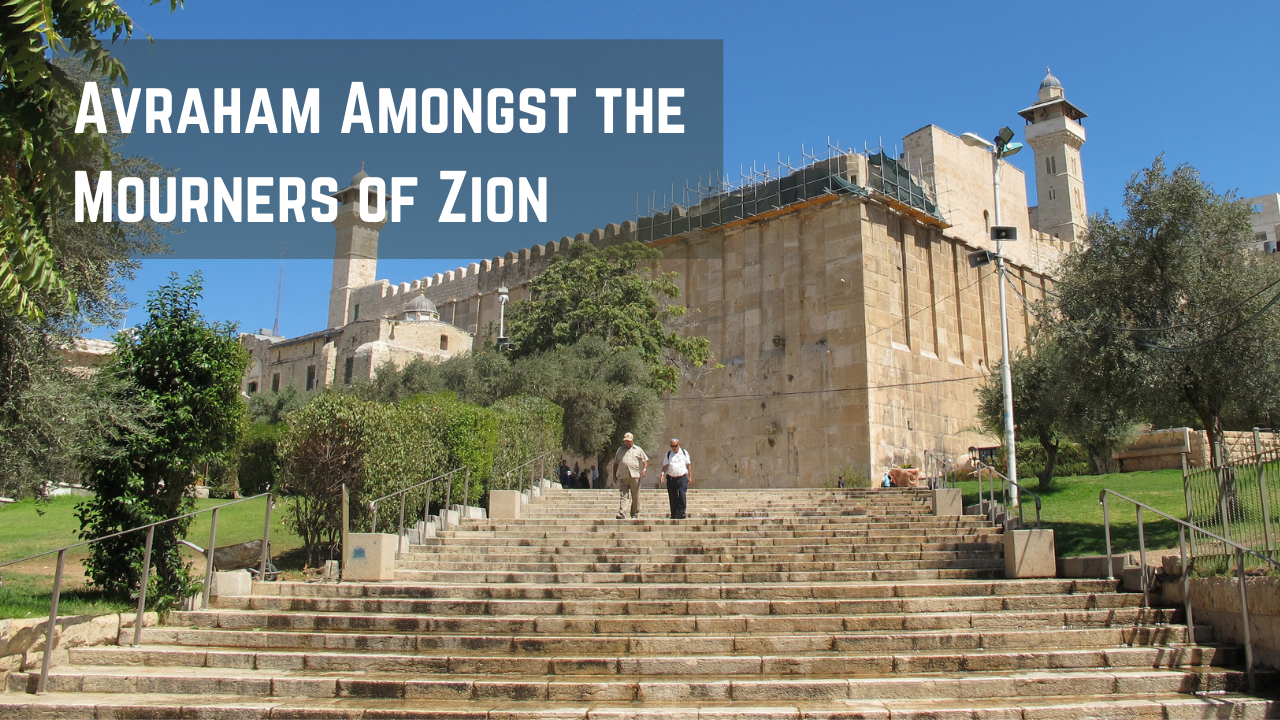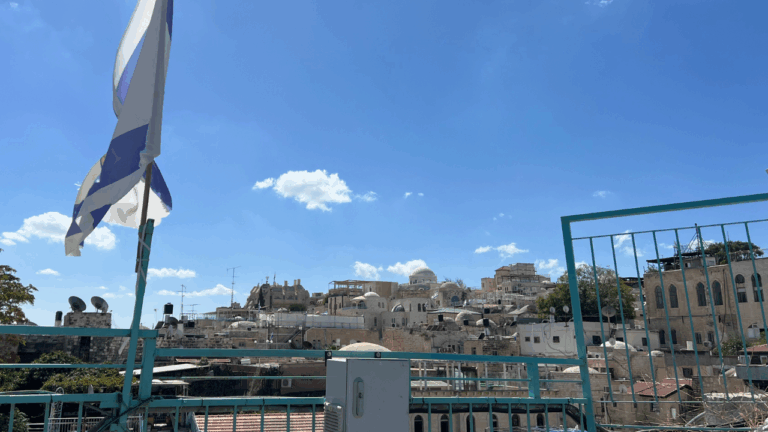Avraham Amongst the Mourners of Zion
After Sarah’s death, the Torah tells us that “Abraham came to eulogize Sarah and to bewail her.” Where was Avraham such that he was not present when his wife died? One midrash explains that Avraham was on his way back from the event of Akeidat Yitzhak: “From where did he come? From Mount Moriah.”
Why would it be important for the Torah to hint to us that Avraham returned from Mount Moriah? What does this detail add to our understanding of the story?
Perhaps one angle of this story is the proper approach to mourning. Avraham was devastated by Sarah’s passing. He comes, eulogizes, cries and mourns. However, it is clear from the rest of the parsha that Avraham did not wallow in self-pity. Rather, he took his pain and channeled it into action which secured Jewish continuity forevermore.
First, he acquires the Me’arat HaMachpeilah. As the first piece of property that is owned by a Jew in the Land of Israel, this sets the stage and symbolizes our eternal connection to the Land. Then, he works to ensure that his son Yitzhak marries a proper spouse so that the legacy began by Avraham and Sarah would be perpetuated into the next generation.
From where did Avraham get the strength to engage in these activities? Perhaps, this is the meaning of the Midrash’s interpretation of the story’s backdrop. Avraham had just come from Mount Moriah in Yerushalayim. He had just stood upon the mountain, passed the ultimate test and declared this to be the spot where God would appear to the Jewish people in the future. It was this brush with eternity, this certainty in the future gained by speaking to God on the site of the future Beit HaMikdash that made Avraham determined to help create that future. This provided him with
the reservoir of strength necessary to transform personal tragedy, after a proper mourning period, into meaningful activity.
Perhaps this is the reason why the standard wish of consolation at a mourner’s house mentions Yerushalayim: “May God comfort you amongst the mourners of Zion and Yerushalayim.” When one faces the blackhole of death, there is a danger of falling into despair and a lack of hope in the future. Reminding the mourner of Yerushalayim is therefore crucial.
Just as Avraham’s centering in Yerushalayim gave him the heroic strength to move history forward in the years following his wife’s death, similarly, each Jewish mourner can take comfort and strength in the place and concept of Yerushalayim. It reminds us of God’s constant presence and of our dreams of the future. And when the mourner arises from the floor, he will be more determined to help build the Yerushalayim of the future.



